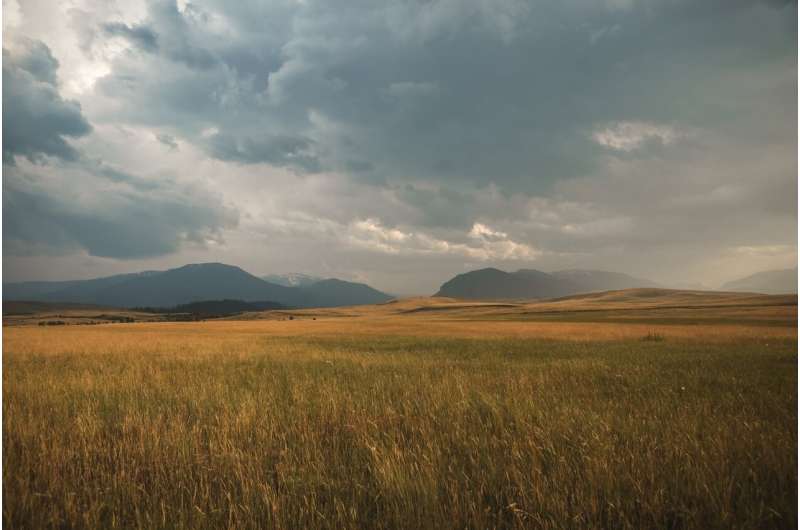This article has been reviewed according to Science X's editorial process and policies. Editors have highlighted the following attributes while ensuring the content's credibility:
fact-checked
peer-reviewed publication
trusted source
proofread
Climate change filtered out resource-acquisitive plants in a temperate grassland, finds study

Evidence is mounting that climate change is triggering biodiversity loss, changing community composition and ecosystem functions. However, the intricate mechanisms underpinning ecological processes remain an enigma, motivating researchers to dissect the intricate web of interactions.
Recently, in a paper published in Science China Life Sciences, a Chinese team from Peking University focused on resource-use strategies, revealing how species with different resource-use strategies would respond to climate change, and how the responses may influence community-level productivity.
"We usually thought more species would mean more productivity. But what we're seeing here is that species richness and functional diversity declined significantly while productivity did not significantly decline," said Professor Wang, the lead researcher in the study. To dive into the reason behind this puzzle, the team classified species into different functional types according to plant functional traits.
Resource-acquisitive plants are featured by high leaf nutrient content, large specific leaf area, and a low investment on leaf structure. In contrast, resource-conservative plant species exhibited a contrasting array of attributes.
As the climate in the studied grassland became drier and warmer, resource-acquisitive plants responded rapidly to limited water and declined their species richness and functional diversity, leading to community-level diversity decreased. In the meanwhile, resource-conservative plants, the dominating species in this grassland community, remained relatively stable, contributing to the stable productivity.
The results line up with what scientists have hypothesized before—that community-level productivity is determined by dominant species and insensitive to the decline of less abundant species. Nonetheless, Professor Wang throws in a curveball of caution, "Our findings do not mean that rare species do not matter. We can't assume that ecosystem productivity will always stay stable if the climate keeps getting warmer and drier. A continuous loss of diversity could tip the balance."
This research enriches our understanding of plant dynamics in the face of climate change, offering insights into the nuanced interplay between resource strategies and ecological functions.
More information: Heying Jing et al, Climate change filtered out resource-acquisitive plants in a temperate grassland in Inner Mongolia, China, Science China Life Sciences (2023). DOI: 10.1007/s11427-022-2338-1
Journal information: Science China Life Sciences
Provided by Science China Press


















